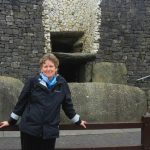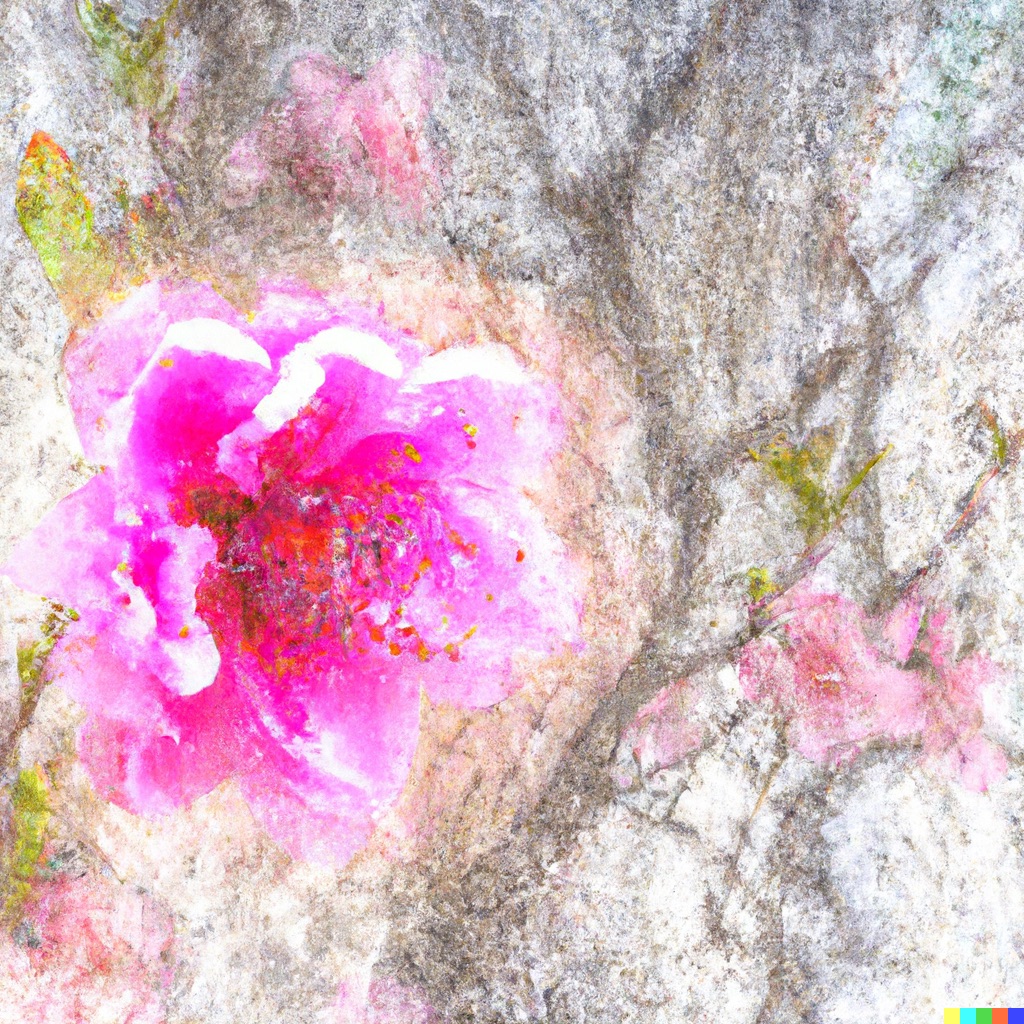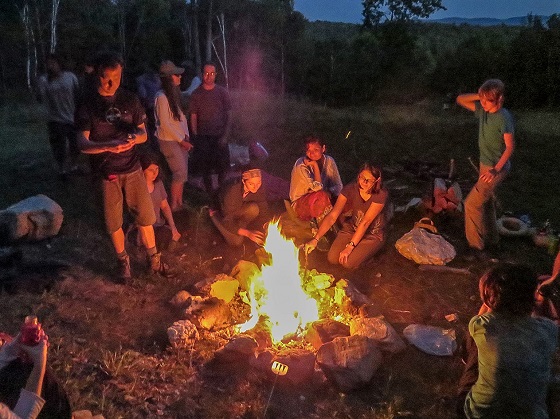Safe Houses | Giving Refuge
“…a new story ‘waystation’ for people….We envision a network of such places developing around the country and around the world; permaculture centers, coworking spaces, social enterprise incubators, places of healing, art, and music… places to start walking a different path.” – Charles Eisenstein, Seppi’s Place
Author’s note: This essay was finalized before the global pandemic reached so many of us directly. At a time like this, the network of ‘safe houses’, envisioned here, continues to emerge and thrive. For we are the network. A safe house is a place, yes – but more essentially it is a community. People everywhere are using Zoom, Skype, FaceTime, phone and text to create ‘safe spaces’ to meet and share. This invisible network will carry us through this time for it is resilient, decentralized, warm-hearted, and motivated by love.
Safe houses have a long and venerable past as places of refuge for survivors of domestic violence, people escaping enslavement on the Underground Railroad, Jews during the Holocaust, and for refugees of all kinds throughout history. Now humanity faces something we have never faced before—environmental planetary breakdown—and all humans are in need of a safe house. We have a collective need for places to speak and be witnessed, to receive understanding, healing, deep conversation, connection, refuge. And all over the world, modern-day safe houses arise to fill that need.
They are found everywhere—in cities, towns, villages, on mountains, and near rivers. They are in small apartments and large houses, in forest cabins, beach cottages, desert dwellings, city skyscrapers, thatched huts, round houses, suburban condos. Each place offers hope, meaning, and true sanctuary. Lives are mended here, and hearts given peace. Here, women with kind eyes and strong hearts midwife souls. Men of gentle being and wise spirit gather others in sacred community. When we visit these places, we feel we have re-entered the web of existence.
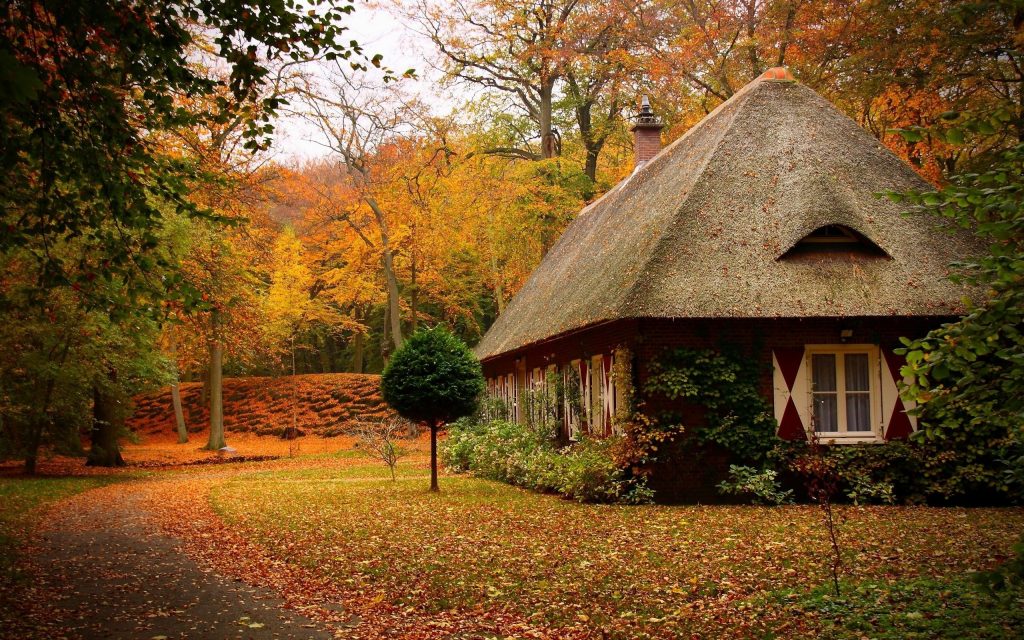 Modern-day safe houses comprise a worldwide wisdom body, though each part has no full knowledge of the whole. This is the essence of their brilliance, and their generative wealth. Safe houses are decentralized and self-replicating. There are few towns without one, though these places are often not apparent. Safe houses rarely have signs, are generally not churches or temples, print few brochures, do not proselytize. Yet pilgrims continue to show up at these places. I have discovered safe houses through writers’ gatherings; people often find them through word of mouth, friends, colleagues, community events, farmer’s markets, social media, the internet. People all over the world will continue to find them, and to gather.
Modern-day safe houses comprise a worldwide wisdom body, though each part has no full knowledge of the whole. This is the essence of their brilliance, and their generative wealth. Safe houses are decentralized and self-replicating. There are few towns without one, though these places are often not apparent. Safe houses rarely have signs, are generally not churches or temples, print few brochures, do not proselytize. Yet pilgrims continue to show up at these places. I have discovered safe houses through writers’ gatherings; people often find them through word of mouth, friends, colleagues, community events, farmer’s markets, social media, the internet. People all over the world will continue to find them, and to gather.
Historically, informal places for healing, restoration, teaching, and political action have played a vital role in times of deep change. When economic and political systems collapse, personal connections and private gatherings become even more crucial. I am thinking here of Ireland, and the ways in which my Irish ancestors—during centuries of colonization, famine, and poverty—used their domestic spaces to pass on their language, music, storytelling, history, and culture in cottages, hedge schools, fields, and barns. They offered learning for the mind and, equally important, sustenance for heart and soul. These spaces are a primary reason the Irish culture is so vibrant and alive today.
There is one safe house where, for decades, I have been taught and healed. Inevitably I arrive in need of clarity, in the swirl of daily work and activity; here, the sacred reasserts itself and I am quieted and opened. At this safe house lives a medicine woman of wise mind and heart who midwives souls. After my time with her community, I stand more whole, once again able to love the world in all its gleaming beauty and tattered need. Then I return to my home on an ordinary street with lovely neighbors and a hidden creek, and I become the woman with the kind eyes and wild heart who welcomes others. My home, too, has become a safe house, part of the web.
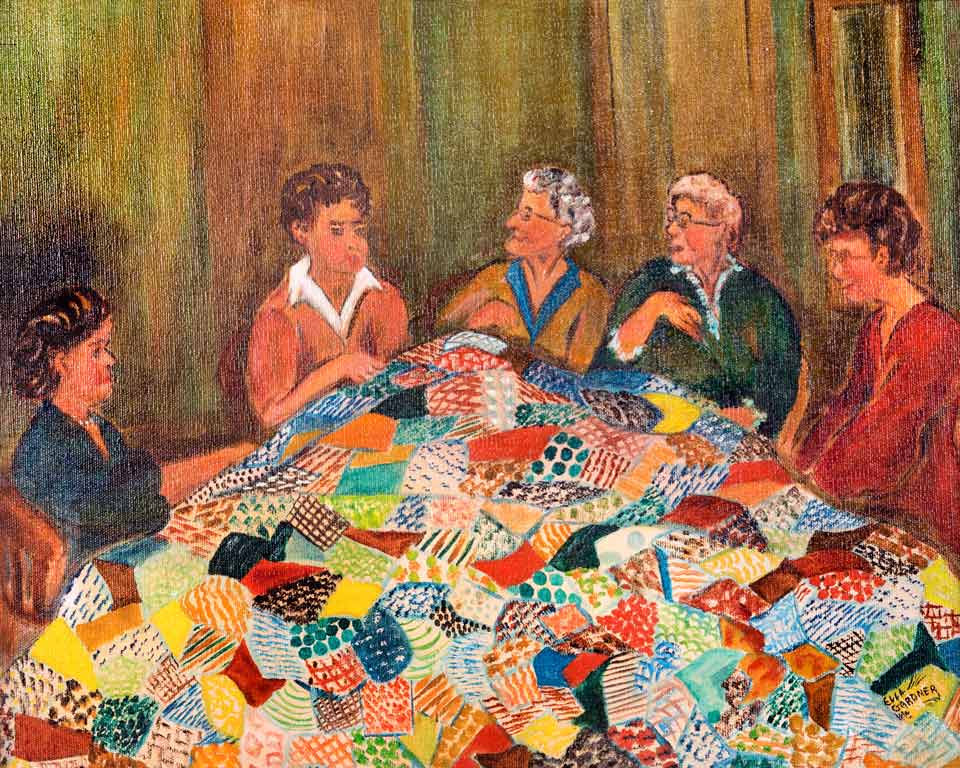
At my safe house, I offer creative writing circles in my living room. Over twenty years, the community of hundreds who have written with me and listened to each other’s work has become a lifeline for renewed meaning and hope. I see these kinds of spaces all around me, held by healers, teachers, writers, cooks, artists, ritual leaders, and others who gather in circles devoted to movement, painting, political action, poetry, collage, study, singing, and prayer. They provide vital space to be witnessed, to grieve the state of the earth, and to take tangible action. Many work on behalf of the planet by providing protection for seeds, plants, trees, rivers, oceans, mountains, forests, or the endangered animals of our world.
There are many safe houses in the town where I live, and likely in the town where you live, too. Some of these safe houses I know, a few more I will someday find, most I will never know. But we are all part of an interlinking web of safe houses. Some of you reading this may recognize yourselves. Perhaps there is a safe house where you go for healing, connection, conversation, or creativity. Maybe you have a safe house or are on your way to creating one. You are a part of this living web. Your safe house does not have to write a grant, establish a foundation, build a building, or launch a website, though you may do any or all of these things. It simply needs to offer refuge and deep listening. Those of us who are part of this web carry this sanctuary wherever we go. We offer it where we are. As writer and healer Deena Metzger once wrote: “Be and provide sanctuary.”
The global forces hurtling us toward possible extinction can make us feel powerless. Offering a safe house, or participating in one, is active work that makes healing and restoration possible. If you feel the call, find a safe house near you. Follow what you love: art, books, political action, philosophy, poetry, dance, yoga, meditation, or simply talking. Find a circle that offers true sanctuary. And if you don’t find one, begin it yourself.
The network of safe houses will continue to expand as modern institutions unravel and can no longer sustain themselves. In our time of collapse and upheaval, humans everywhere are teaching each other how to live outside the dominant culture, for we are creating our own. We have learned how to heal, how to tell the stories, how to hold and honor grief, how to carry beauty, how to love the earth. The web of safe houses likely will be a large part of what carries us through.
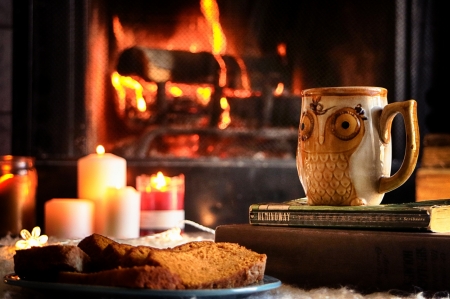 Finding a safe house often leads to finding another, perhaps in your town, or in a city across the planet. Each safe house is a gleaming thread of the planetary web, and like any web, when one part is lost or destroyed we naturally go about rebuilding and reweaving. From this foundation we can begin anew, in concert with all beings and with the guidance of the earth.
Finding a safe house often leads to finding another, perhaps in your town, or in a city across the planet. Each safe house is a gleaming thread of the planetary web, and like any web, when one part is lost or destroyed we naturally go about rebuilding and reweaving. From this foundation we can begin anew, in concert with all beings and with the guidance of the earth.
When you walk into a safe house, you are warmly greeted. You feel you are part of the whole. “Yes, this is the place,” someone smiles at the door. “Welcome.”


